[novice teaching] you only need to master 10 steps and tips to make a good coffee!
Professional coffee knowledge exchange More coffee bean information Please pay attention to coffee workshop (Weixin Official Accounts cafe_style)
Nowadays coffee has become an indispensable part of modern people's life, more and more people begin to pay attention to the quality of life and the spiritual richness brought by handwork, gradually beginning to abandon the traditional three-in-one instant coffee, and instead enjoy the fun of hand-brewed coffee.
In fact, it is not difficult to say it by hand, but there are many mysteries and knowledge among them. Today, Xiaobian will share with you the basic techniques, steps and tips of making coffee by hand. Take you from beginning to end ten steps to complete your own fragrant coffee!
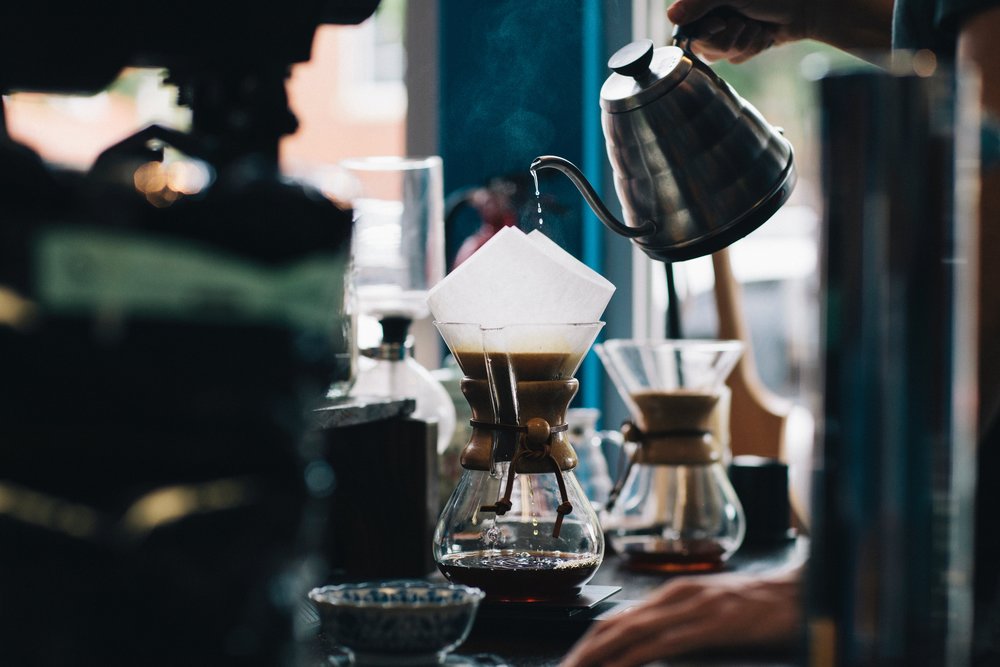
Step 1: Boiling Water
Fresh hot water works best. If the water quality is too hard and too soft, it is not suitable, and different minerals have different effects on coffee extraction. Simply filtered water will usually meet our needs, but please do not use distilled water, purified water or RO reverse osmosis; completely free of minerals, it will also affect extraction.
Hard water → easy to extract bitter and astringent taste
Soft water → easy to extract sour and sweet taste spectrum
Step 2: Weigh the coffee beans you need
The initial recommended powder-to-water ratio is 15 grams of coffee powder mixed with 225 grams of hot water. (No. 01 small filter cup) If the amount of powder is higher or lower than 15 grams, the operation will be more difficult and it will be easier to extract uneven.
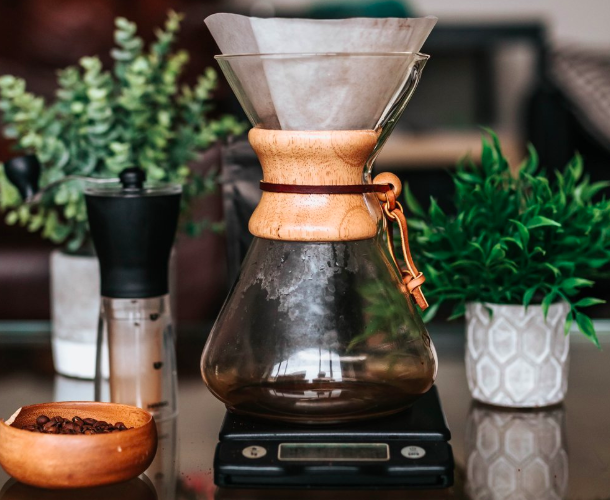
STEP 3: Hot Water Warm Filter Cup and Sharing Pot
Do filter papers need to be soaked first? There are two schools of thought:
Advocate washing filter paper first, mainly focused on removing the pulp smell of filter paper. (Some people think it's better to soak the filter paper so it's flat against the cup.)
Those who advocate not soaking first are to make the exhaust of coffee powder smooth, prolong the extraction time, and reduce the degree of coffee dilution by water. (This school believes that if the filter paper is wet first, it will start to soak when the coffee powder is added and affect the extraction.)
Whatever you want to do, you can do it. Filter paper washing will indeed better fit the filter cup and affect the exhaust, but it does not necessarily affect the steaming effect (depending on the beans, filter cup and method). Some people wash the filter paper first, then remove and rearrange it before brewing, so that it does not completely fit the filter cup to ensure smooth exhaust. If you do not wash the filter paper first, it is generally recommended to use bleaching filter paper to reduce the interference of paper flavor, but dry filter paper will absorb some of the "essence" extracted in the previous stage, so that the final flavor is weakened. Both have advantages and disadvantages.
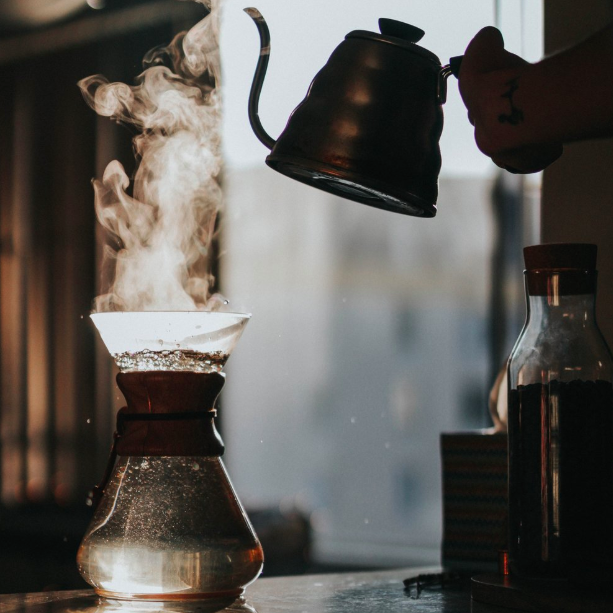
Step 4: Grind beans
Put the prepared coffee beans into the grinder and grind them. It is recommended to start with medium fineness grinding (fine sugar size) as a reference value. Those who prefer a cleaner flavor can add a process of sifting out fine powder.
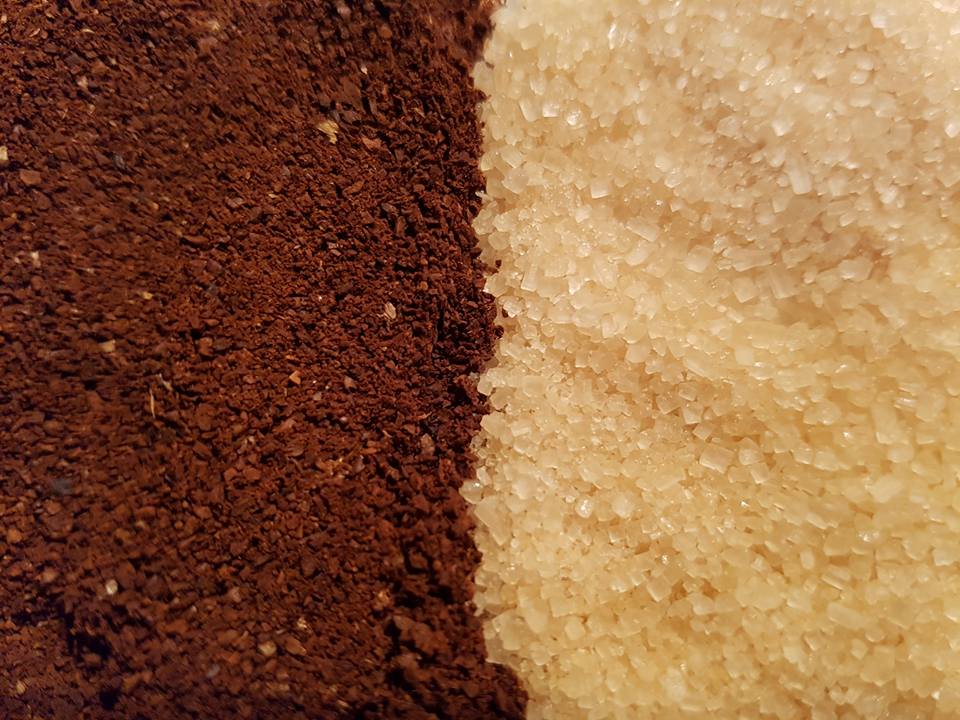
Step 5: Loosely feed coffee powder into filter cup
Drain the bottom water from the pot and transfer the coffee powder loosely into the filter cup. Shake gently until smooth. Do not pat the coffee powder, as much as possible to make coffee powder fluffy space. After pouring the powder, brew as soon as possible to avoid excessive influence of filter cup heating and wet filter paper on coffee powder.
STEP 6: Water temperature 85~95 degrees
Fill the hot water into the hand rinse pot, and the initial recommended water temperature is 85~95 degrees. There is a hand-brewed pot warmed with hot water. The water poured from the kettle will drop by 2~3℃, and the unwarmed hand-brewed pot will drop by 5~6℃ (depending on the size of the pot and the amount of water). Therefore, the measurement of water temperature must measure the hot water in the hand flushing pot.
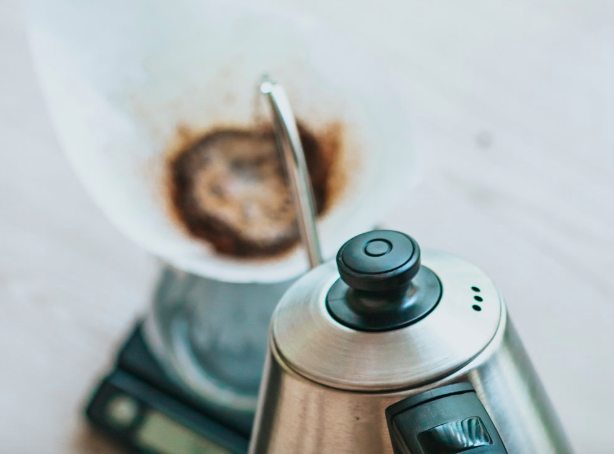
Step 7: Steaming
The initial injection of water, starting from the center of the circle, will be a small number of horizontal are covered on the surface of coffee powder, wet all coffee powder. If the amount of water is appropriate, the next pot will shed a few drops of coffee, at most a thin layer at the bottom of the pot, if more than this is too much water; if there is no dripping at all, the amount of water is too little. This step is called pre-soaking, also known as steaming. The amount of steam is generally 1.5 to 2 times the weight of the powder.
If the steaming is successful, the coffee powder will swell like a souffle. There are two kinds of cases when steaming fails: one is collapse without expansion, which is common in uneven water injection or beans are not fresh or baked lightly; the other is excessive expansion, and the surface layer, such as crater class, slightly sinks after cracking, which is common in too fresh deep-baked beans.
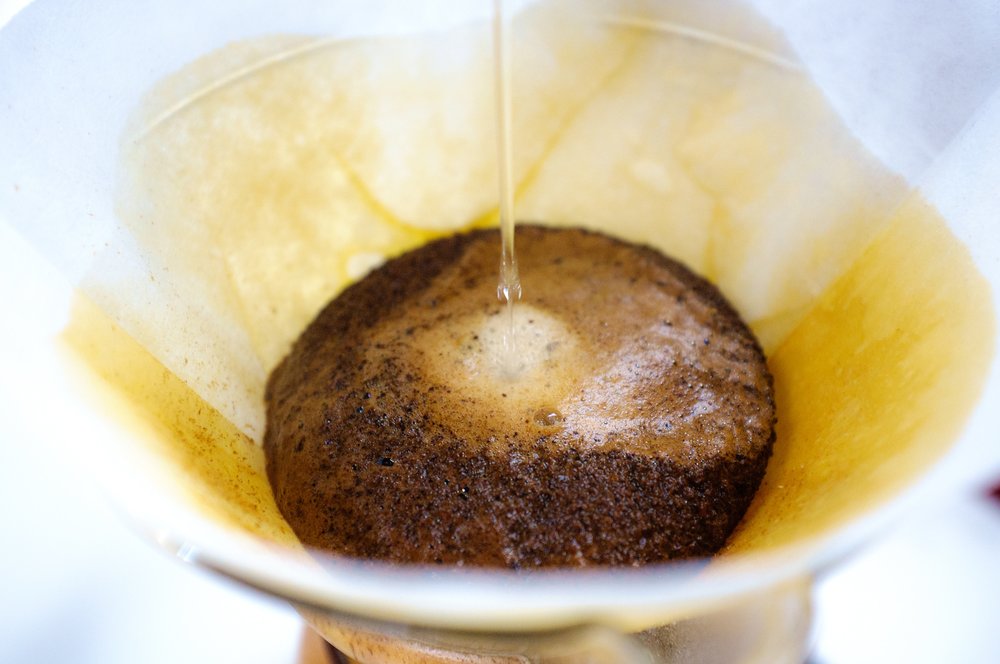
STEP 8: Continue to inject water spirally inward
Observe the surface of the coffee powder. If it continues to expand and is full of luster, you can continue to wait. If the expansion has stopped and the surface gradually loses its water light, the steaming is completed and the second water injection can be started (but do not wait until the coffee powder layer begins to shrink).
Water injection begins at the center and proceeds in a spiral outward. Pay special attention to the outer circle at least 0.5 cm or so coffee powder wall do not break through, around to the outer circle after the same spiral inward continue to inject water. The 0.5 cm wall of coffee powder is reserved to lock the hot water that penetrates the filter paper to the periphery, so that it must pass through the coffee powder layer to ensure the concentration of coffee. In other words, in the case of flushing too thick and too slow, you can try to "flush" the powder wall at the end of the injection.
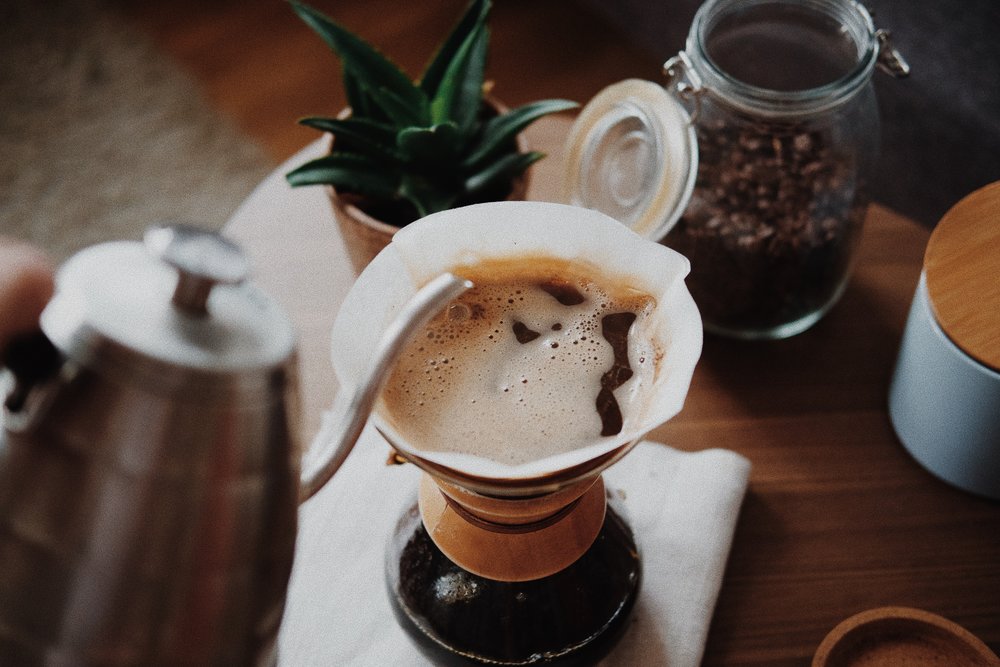
Step 9: Cut off water OR keep water?
Cut off water or keep on water? Water cut method refers to the process of hand flushing into hot water in several times, waiting for coffee extract to flow to the next pot between each injection; continuous water is a flush to the end, uninterrupted in the middle. The extraction rate of water cut method is higher than that of water cut method. Regardless of which method is used, the following points should be noted:
Try to maintain the coffee powder layer form, avoid flooding too much water, water level is too high.
Continuous spiral water injection, uniform extraction of coffee, the principle is: where the powder layer is thick, water injection around the circle is slow, where the powder layer is thin, water injection quickly bypass.
If you do not want excessive extraction or bitter taste obvious, please try to avoid allowing the water in the filter cup to drain completely. When the extraction volume reaches our preset value, or when the water level drops to the point where the powder bed is about to be exposed, remove the filter bowl and discard the remaining material.
·One flush to the bottom: this step continues to spiral in and out of continuous water injection, while controlling the amount of water in the filter cup not to destroy the filter layer, until the extraction to the target ml number, or water injection is about to expose the powder bed stop extraction.
·Cut water method: use a slightly larger water column, repeatedly uniform water injection. However, it is necessary to avoid draining the water in the filter cup when the water is cut off (continue to fill the water when the coffee powder layer in the filter cup is slightly depressed)
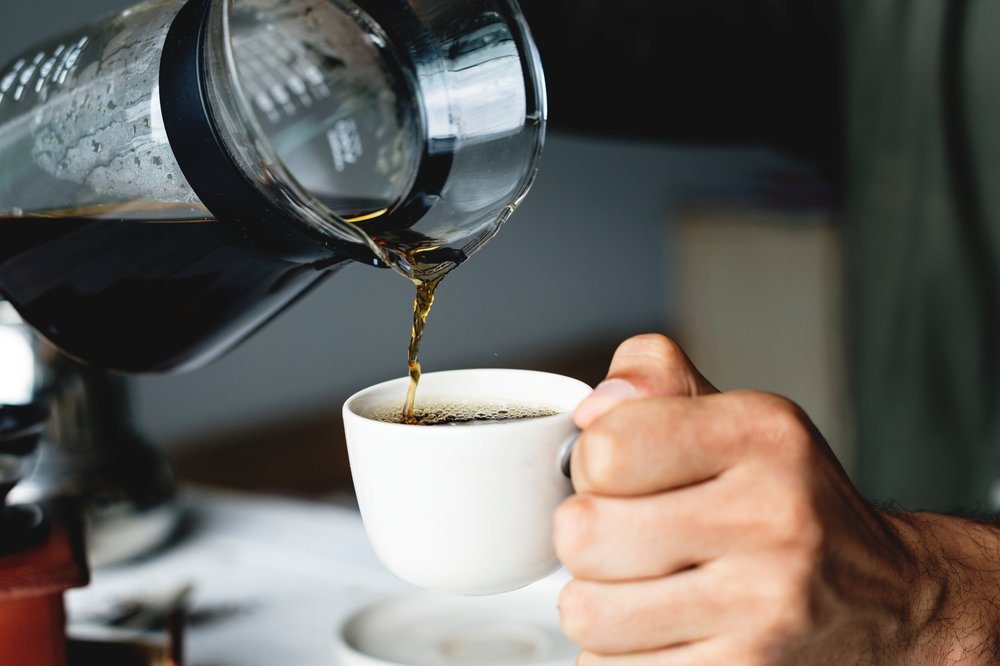
Step 10: Tasting with a glass
After brewing, stir or shake the next pot of coffee slightly, and then serve in a cup.
I hope that after learning these ten steps, you can make a unique cup of coffee for yourself!
END
Important Notice :
前街咖啡 FrontStreet Coffee has moved to new addredd:
FrontStreet Coffee Address: 315,Donghua East Road,GuangZhou
Tel:020 38364473
- Prev
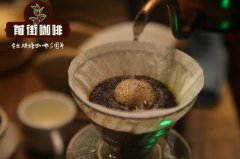
Should I sift out the fine powder in the coffee? What should be done with the fine powder sifted out from the coffee powder?
Professional coffee knowledge exchange more coffee bean information Please pay attention to the over-extraction of fine powder brought by the coffee workshop (Wechat official account cafe_style) when making coffee, when we mention fine powder, we always avoid it, mostly because we associate fine powder with over-extract, so we are right to think so, yes. Matt Perger, the 2013 world hand champion, believes that the Golden Cup
- Next
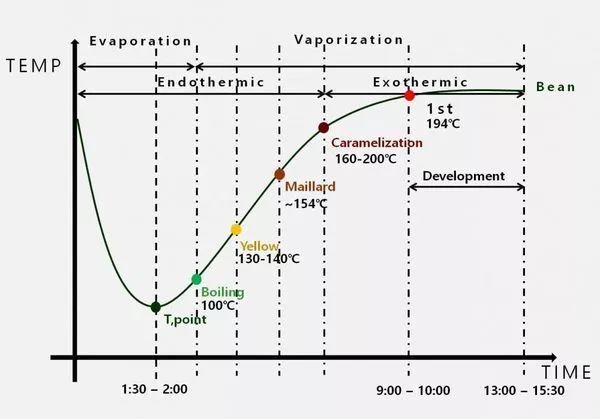
Is coffee roasting really hard to get started? Let's first understand the basic concept of baked beans!
Professional coffee knowledge exchange more coffee bean information Please pay attention to the coffee workshop (Wechat official account cafe_style) Coffee is one of the most popular drinks in today's society. Although coffee culture started late in China, it is growing rapidly every year. In just a few years, coffee has become so readily available in China, such as convenience store coffee, chain coffee shops and new retail coffee.
Related
- Beginners will see the "Coffee pull flower" guide!
- What is the difference between ice blog purified milk and ordinary milk coffee?
- Why is the Philippines the largest producer of crops in Liberia?
- For coffee extraction, should the fine powder be retained?
- How does extracted espresso fill pressed powder? How much strength does it take to press the powder?
- How to make jasmine cold extract coffee? Is the jasmine + latte good?
- Will this little toy really make the coffee taste better? How does Lily Drip affect coffee extraction?
- Will the action of slapping the filter cup also affect coffee extraction?
- What's the difference between powder-to-water ratio and powder-to-liquid ratio?
- What is the Ethiopian local species? What does it have to do with Heirloom native species?

